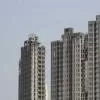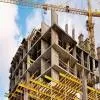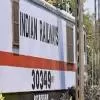
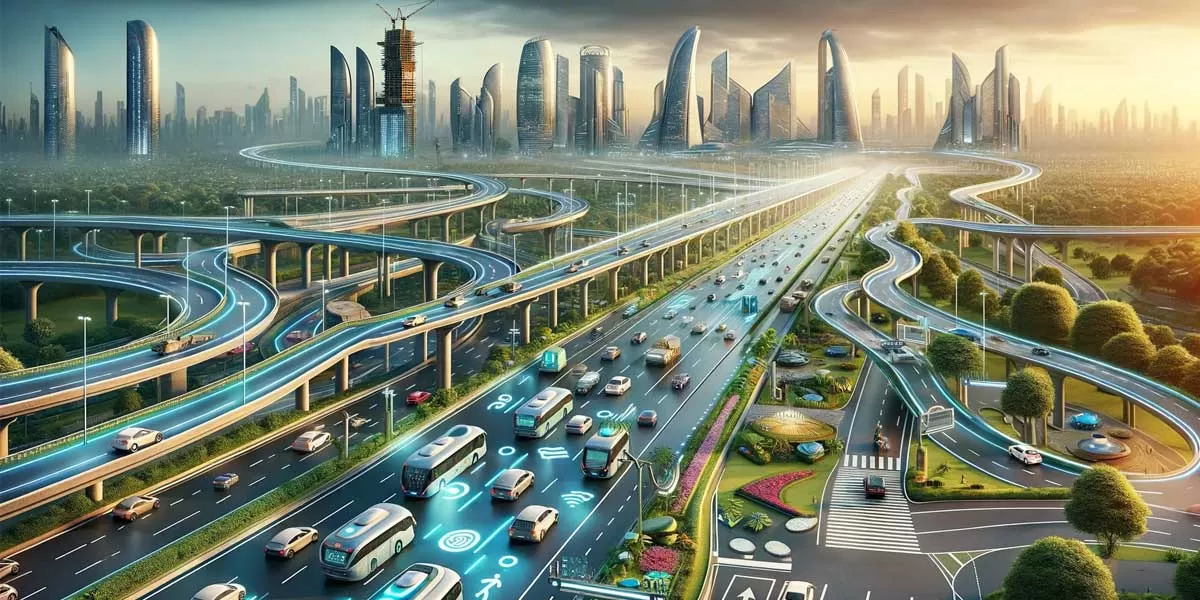
Does India have the 2nd largest road network in the world?
Here are some truths…Pratap Padode, President, FIRST Construction Council unravels some disturbing facts…
Recently there was a lot of chest thumping around India having the second longest road network in the world. Union Minister Nitin Gadkari informed the Lok Sabha that India had the second largest road network in the world, with about 63.32 lakh km of roads as of March 2019. I dug further and found an update from the Ministry of Road Transport & Highways that India has about 66.71 lakh km of road network, which is the second largest in the world. True. But the categories..
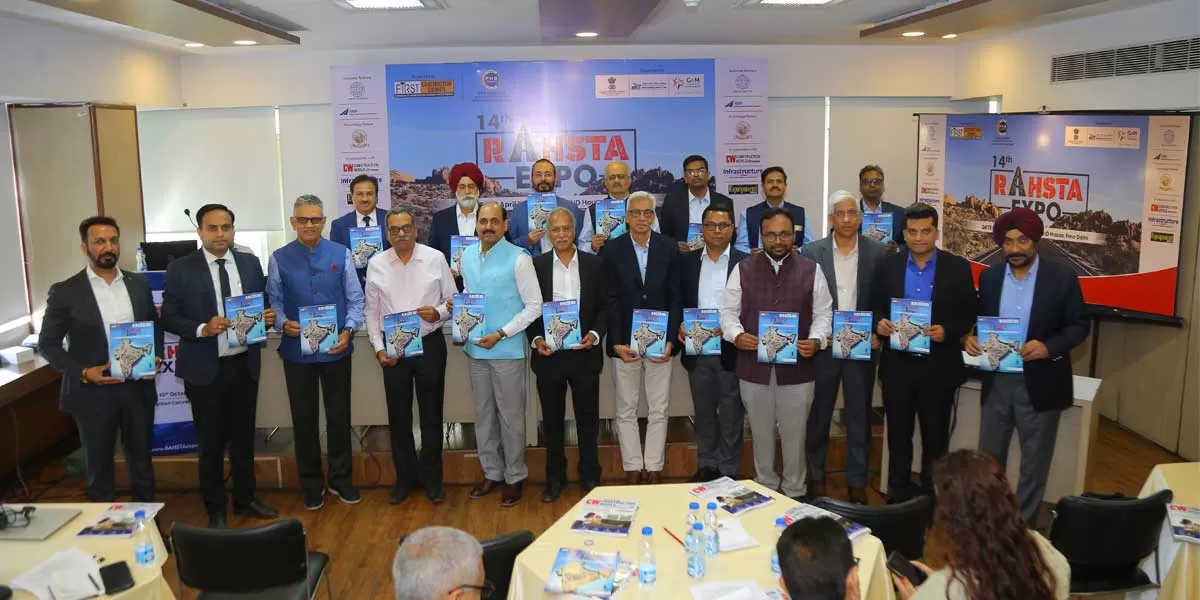
RAHSTA Expo 2024 launched
“The Ministry of Road Transport & Highways has constructed 12,349 km of national highways in 2023-24 - the second highest achievement! In 2020-21 a record 13,327 kms were constructed, the highest so far. The experience of a well-constructed road is no accident but a badly constructed one can cause many,” said Pratap Padode, Founder, FIRST Construction Council (FCC), at the launch of a road show - 14th Roads and Highways Sustainable Technologies and Advancement [RAHSTA] Expo, which will be held from 9-10 October 2024 at Jio Convention Ce..
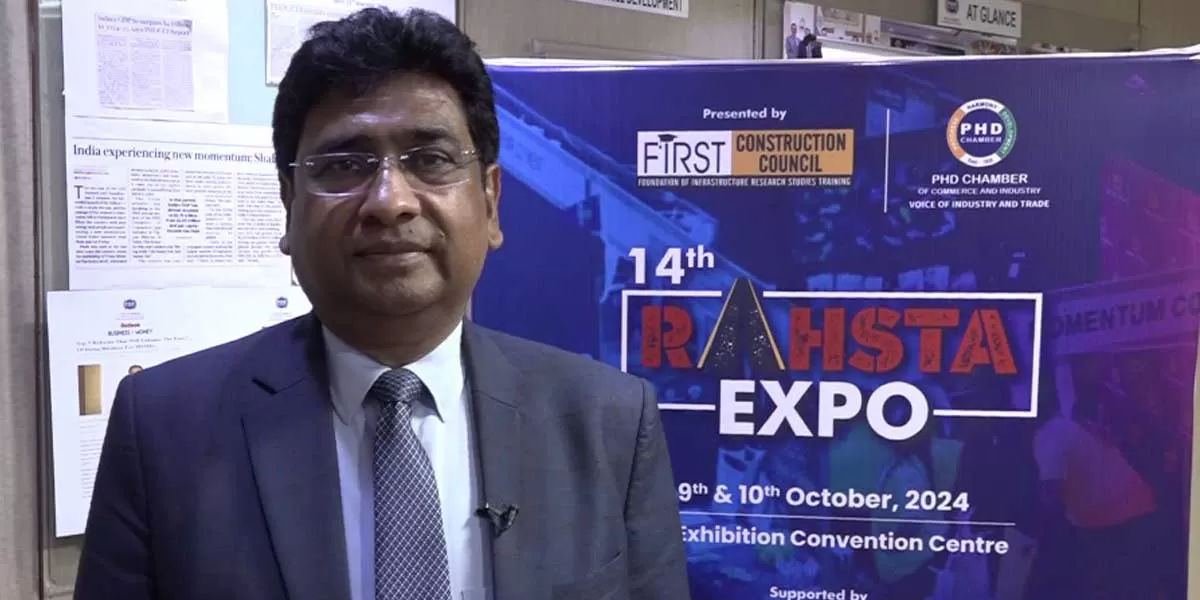
RAHSTA to showcase cutting-edge road construction tech, says NCC Director

India Surpasses Australia, Japan, and Singapore in Data centre Capacity
India has surpassed Australia, Japan, and Singapore in data centre capacity, cementing its position as a prominent player in the global digital infrastructure landscape. The country's rapid advancement in data centre infrastructure underscores its growing significance in the digital economy.
The surge in data centre capacity is attributed to several factors, including increasing internet penetration, rising demand for digital services, and government initiatives to promote digitalization. As businesses and consumers alike embrace digital technologies, the need for robust data infrastru..

India's data center industry growth to double by 2026; reach 2,000 MW
India's data centre industry is experiencing explosive growth, driven by the country's rapid digitisation. CareEdge Ratings predicts a data centre capacity surge, doubling to 2,000 MW by 2026. This expansion will attract significant investments, with an estimated Rs 500 billion flowing in over the next three years.
The data centre growth is driving/attracting large scale investments in the expansion of the network connectivity ecosystem which is critical for high volume data transfer at low latency levels. It is imperative that for such large-scale capacity addition, data centre playe..


